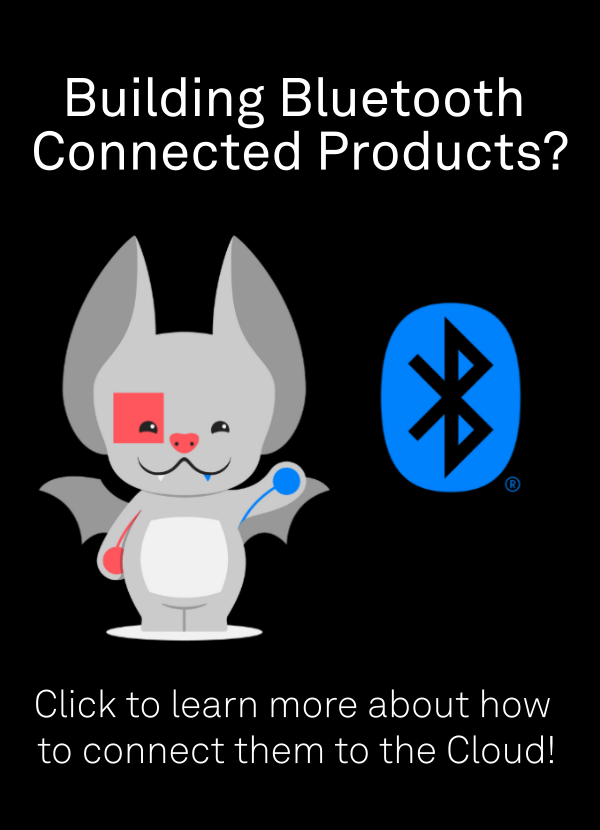A key mission at Golioth is to make it easier for hardware and firmware developers to connect devices to the internet. We do that in two ways:
- Providing easy-to-use APIs and SDKs for IoT devices to connect to Golioth Cloud endpoints.
- Training developers how to use the Device side code.
[av_button label=’Sign Up For Dec 14th Training’ icon_select=’yes’ icon=’ue8d1′ font=’entypo-fontello’ link=’manually,#sign-up-here’ link_target=” size=’medium’ position=’center’ label_display=” title_attr=” color_options=” color=’#4a8160′ custom_bg=’#4a8160′ custom_font=’#ffffff’ btn_color_bg=’#4a8160′ btn_custom_grad_direction=’vertical’ btn_custom_grad_1=’#000000′ btn_custom_grad_2=’#ffffff’ btn_custom_grad_3=” btn_custom_grad_opacity=’0.7′ btn_custom_bg=’#444444′ btn_color_bg_hover=’theme-color-highlight’ btn_custom_bg_hover=’#444444′ btn_color_font=’#4a8160′ btn_custom_font=’#ffffff’ btn_color_font_hover=’white’ btn_custom_font_hover=’#ffffff’ border=” border_width=” border_width_sync=’true’ border_color=” border_radius=” border_radius_sync=’true’ box_shadow=” box_shadow_style=’0px,0px,0px,0px’ box_shadow_color=” animation=” animation_duration=” animation_custom_bg_color=” animation_z_index_curtain=’100′ hover_opacity=” sonar_effect_effect=” sonar_effect_color=” sonar_effect_duration=’1′ sonar_effect_scale=” sonar_effect_opac=’0.5′ css_position=” css_position_location=’,,,’ css_position_z_index=” av-medium-css_position=” av-medium-css_position_location=’,,,’ av-medium-css_position_z_index=” av-small-css_position=” av-small-css_position_location=’,,,’ av-small-css_position_z_index=” av-mini-css_position=” av-mini-css_position_location=’,,,’ av-mini-css_position_z_index=” id=” custom_class=” template_class=” av_uid=’av-30dlyd’ sc_version=’1.0′ admin_preview_bg=”]
We have done many successful training sessions so far, showing individuals and companies how to connect their first devices. Along the way, we have learned that there is a large unfulfilled need in the market for training in the IoT space. So we’re doing it again! We’ll show people how to connect devices and get access to things like:
- Secure Over-The-Air Updates to constrained devices
- Command and Control over remote devices
- Learn how to create and modify settings for remote devices
- Understand how to implement data tracking from your device
We will be running our first training open to the public on December 14th, 2022. Read more below if you’d like to take part.
Training challenges
Once again we’ll be training developers from afar. We did this back in October for a select group of hardware engineers looking to learn more about Zephyr:

The upcoming training will be built upon the lessons we learned during that training, and our last in-person training at the Hackaday Superconference. In both cases, we used Kasm to provide fully remote development environments so that users don’t need to install anything on their local machine (there are directions on how to do that after the training is over). We think this is an important piece to ensure people can get started quickly.
How to use Zephyr
We currently offer 3 SDKs as part of our device support, including an ESP-IDF SDK, a Modus Toolbox SDK, and a Zephyr SDK (including the Nordic Connect SDK variant). These SDKs cover a wide range of embedded hardware from different vendors.
The training includes some segments that detail how to use Zephyr, a Real Time Operating System (RTOS) that covers a wide range of different hardware platforms. We use it on many of our internal hardware reference designs at Golioth, and it was the first platform we launched. Hardware and firmware engineers who are new to Real Time Operating Systems will continue their learning journey by understanding how the RTOS connects to sensors and low level GPIO and how to manipulate different elements of the subsystems. Once a trainee understands how to get the data off of an external component (like a sensor), the Golioth Zephyr SDK makes it a simple task to forward that data along to the Golioth Cloud.
Requirements and background
We have referred to “Hardware and Firmware Engineers” in this article, because we expect that intermediate to expert level engineers will get the most out of this training. If you are brand new to understanding C or if you have never tried programming embedded hardware before, this might be a frustrating experience. If you would like some pointers to starter content that might prepare you for the training, please ask on our Forum and we will try to get you a customized list of resources that will help prepare you for future versions of this training.
Logistics
- We are not charging for this training
- We will be capping the training at 30 people
- All attendees will be on a first-come, first-served basis
- Those who are accepted for this training will receive an email with more details
- You will be expected to purchase your own hardware
- Details will be sent with your acceptance to this training
- Be sure you leave enough time for shipping from your local distributor
- Signing up to take part and not attending will disqualify you from future training
Sign up here
If you have clicked “submit” and don’t see any changes, please scroll back up to the top


No comments yet! Start the discussion at forum.golioth.io